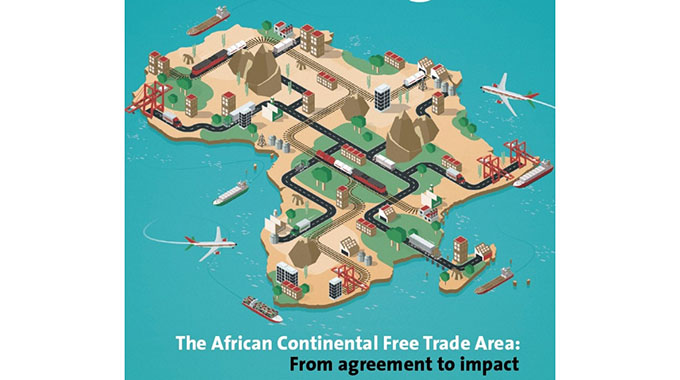Banking sector faces affordable housing finance challenges
MONETARY authorities have said the banking sector is safe and sound with institutions reconfiguring their business models to adapt to the evolving operational landscape and heightened competitive dynamics.
In this process of reconfiguration, banks are capitalising on available opportunities to provide affordable housing finance products.
During last week’s mid-term monetary policy review, Minister of Finance, Economic Development, and Investment Promotion, Professor Mthuli Ncube noted that as multiple disruptive forces are reshaping the foundational architecture of the banking industry globally, local banking institutions have a huge presence in the housing sector.
“The main challenges being faced by banking institutions in providing housing include lack of affordable long-term funding, high cost of land, bureaucratic conveyancing processes and difficulties in validation of land ownership,” he noted.
“Some banking institutions are engaging Central Government and local authorities for low-cost land and also engaging regional and international financiers for long-term lines of credit for affordable housing products.”
Housing delivery is one of the 14 national priorities under the National Development Strategy (NDS1) and the key result for the housing thematic area is the delivery of decent, affordable and quality settlements in urban and rural areas.
The country’s national housing backlog stands at about 1,2 million and housing delivery is one of the key NDS1 pillars.
The housing delivery pillar within the NDS1 is expected to deliver 220 000 housing units by 2025 and over 470 000 homes by 2030 through collective efforts from stakeholders and all parties involved in human settlements delivery to reduce the housing backlog.
To reduce the national backlog, the Government, private sector and individuals are working together to roll out construction projects, which also entails the provision of on-site developments such as roads, water and sewer reticulation services at existing projects.
In his presentation, Prof Ncube described the banking sector as safe and sound and continues to play an important role in the growth and development of the economy.
However, only one banking institution is experiencing liquidity challenges and is operating under a Corrective Order issued in terms of Section 48 of the Banking Act (Chapter 24:20) to correct the identified weaknesses.
On capitalisation, Prof Ncube noted that as at March 31, 2024, all banking institutions were adequately capitalised with reported capital ratios, which were in compliance with the prescribed minimum capital adequacy ratio of 12 percent and tier one ratio of eight percent.
The banking sector average capital adequacy ratio and tier one ratios were 36,98 percent and 30,39 percent, respectively.
Banking sector aggregate core capital increased from Z$5,1 trillion as at September 30 2023 to Z$20,1 trillion as at March 31 2024, mainly attributed to organic growth.
He said the bulk of retained earnings for most banking institutions were derived from translation gains from foreign currency denominated assets and revaluation gains on investment properties.
Total banking sector loans and advances increased by about 90 percent mainly due to an increase in foreign currency denominated loans.
Lending to the productive sector constituted 73,8 percent of total loans as at 31 March 2024.
As at 28 June 2024, total banking sector loans and advances amounted to Z$22,1 billion, of which about 90 percent were foreign currency denominated loans.-chronicle










